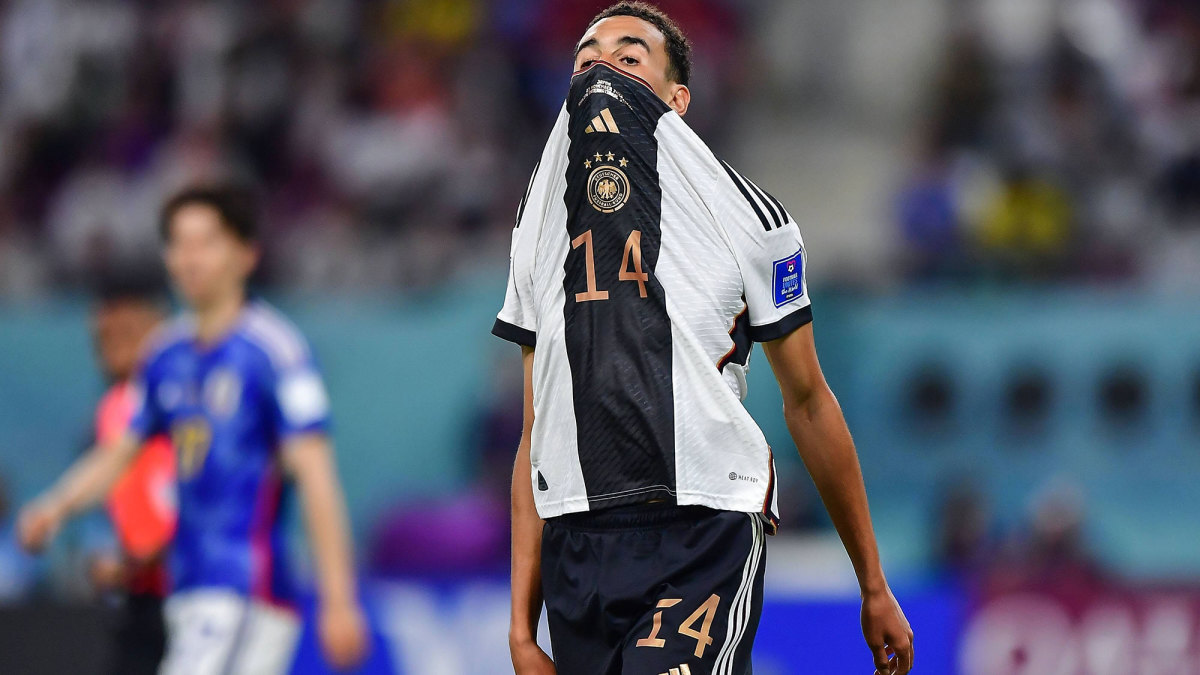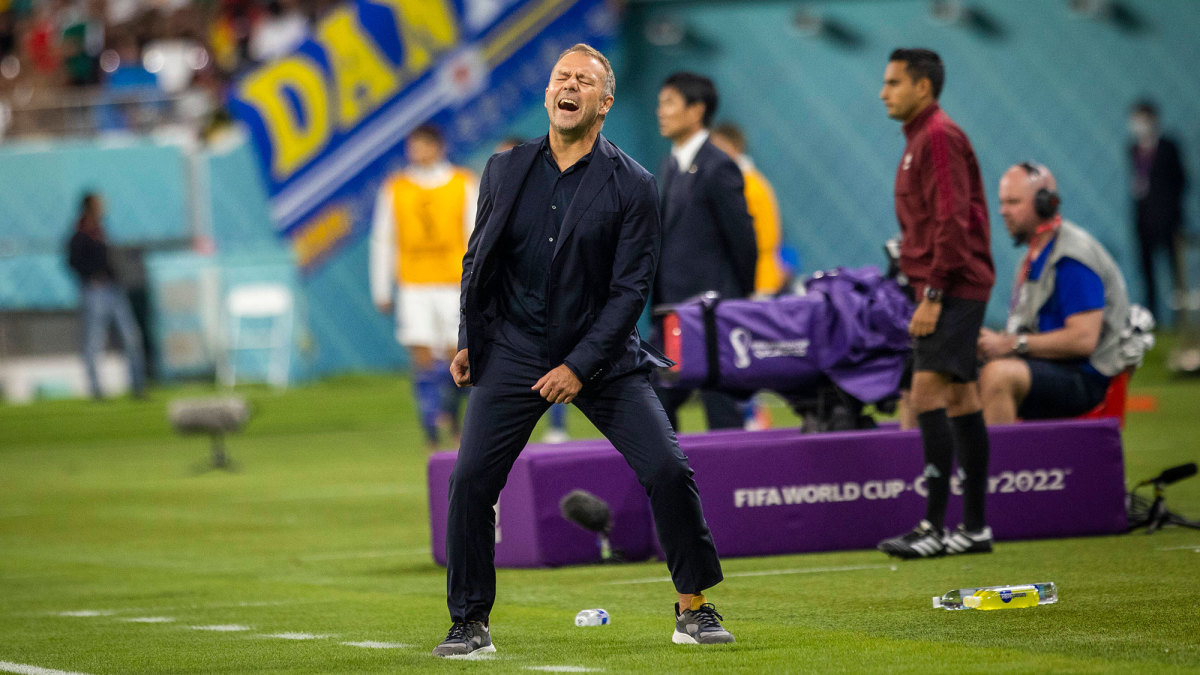New World Cup, Same Problems: Germany Exposed Again in Loss to Japan
Another day at the 2022 World Cup, another shock. A day after Argentina’s defeat to Saudi Arabia, another major power succumbed to Asian opposition as Germany was beaten 2-1 by Japan. Four years ago, Germany suffered its first first-round exit from a World Cup in 80 years. Fail to beat Spain on Sunday, and it could be missing out on the knockout stage for the second straight tournament.
Like Argentina, Germany won the expected goals (xG) battle, but like Argentina, it succumbed to familiar failings. Even before Timo Werner tore an ankle ligament before the World Cup, it was struggling to turn its domination of play into goals, and, without him, the absence of a striker has been sorely felt. The majority of xG models had Germany at around 3.5 goals (against 1.75 or so for Japan), and yet its only goal came from the penalty spot, with İlkay Gündoğan converting after a needless foul from Japan goalkeeper Shūichi Gonda. He redeemed himself, though, with a number of fine saves, particularly early in the second half, and especially on one three-save sequence in which he importantly kept the deficit at 1–0.
But Japan was always threatening, and it exposed the flaw that has been evident in Germany’s play since Hansi Flick took the national job after last year’s Euros. As at Bayern, Flick favors an extremely high defensive line. That is made possible by Manuel Neuer’s excellence as a sweeper-keeper, but it often feels that Germany relies on him, that the pressing structures that made the approach successful at the club level have not been replicated with the national side.

Japan, playing organized, attractive football ruthlessly exposed the flaw after halftime, having switched to a back three. There had been a warning after 73 minutes as Neuer made an outstanding save to his left to keep out Junya Ito’s shot on the turn and Hiroki Sakai blazed the rebound over. But the warning was not heeded. A couple of minutes later, Kaoru Mitoma released substitute Takumi Minamino, and when Neuer parried shot/cross, Ritsu Dōan, who had also just come on, slammed in the loose ball to pull Japan level.
And again, like Argentina, having failed to get the decisive second goal, Germany seemed to lose self-belief having conceded an equalizer. The Japan winner was smartly taken by another substitute, Takuma Asano, charging into space down the right-hand side and slamming his finish in at Neuer’s near post. But defensively, it was a dreadful goal to concede, a simple free kick that broke a rickety offside trap.
This is not a new problem for Germany. Throughout the Jogi Löw years it felt there was a tension between what the coach wanted to do, playing a more modern style with a high line, and what actually worked. Germany won the 2014 World Cup, but it was shaky early on, and success came only after the adoption of a more reactive approach for the quarterfinal against France. The 7–1 win over Brazil in the semifinal—the result of the host’s hysteria and Germany’s ruthlessness on the break—slightly obscures that Germany’s victory was based on defensive solidity: only one goal conceded in the final three games, and that when it was already 7–0 up.

With Spain an impressive 7–0 winner over Costa Rica, there is real pressure now on Germany. Lose to Spain and, if Japan beats a clearly limited Costa Rica side, it is out after two games. For years, Germany was a “Turniermannschaft,” a tournament team, that seemed to reach the later stages of World Cups and Euros almost no matter how badly it played. Then came the tactical revolution that began in 2006 and the shift to a more modern style that, via Jürgen Klopp, Julian Nagelsmann and Flick himself, has become hegemonic in club football. The results in international football, though, have been extremely mixed, as though the shift to a style that is effective in the club game has disrupted the national side by encouraging an approach that requires more time together on the training field than is possible.
More specifically, as far as this tournament goes, the pattern of the start seems to be that certain teams with a style that was already clearly defined—Spain, France, England—have picked up where they left off and are perhaps benefitting from already being in the rhythm of the season. But others—not only Argentina and Germany, but also those involved in the three 0-0 draws to date—are lacking the sharpness and cohesion that an extra week or two of preparation might have brought.
With time, Germany may find greater fluency going forward and greater solidity at the back, but time is not a resource it has in abundance—not in this group, and not in this tournament.
